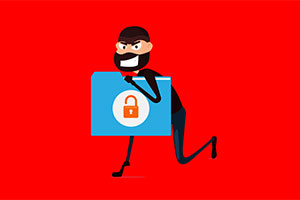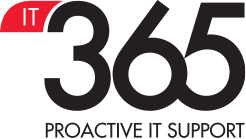 Is your television spying on you? Is your fridge broadcasting that you’ve gone away for the weekend? Or has your toaster been recruited by North Korea as part of a plot to cripple a major US corporation?
Far-fetched as they may seem, these are now genuine concerns among cybersecurity experts studying the rise of the Internet of Things.
The Internet of Things describes the idea that huge numbers of devices are connected to the internet. It includes baby sleep monitors, room thermostats, electronic garage doors, robot lawn mowers and much, much more.
There’s now a web-enabled version available of almost every electrical household item. Some offer convenience, others have little more than novelty value, but many come with a hidden security risk.
Is your television spying on you? Is your fridge broadcasting that you’ve gone away for the weekend? Or has your toaster been recruited by North Korea as part of a plot to cripple a major US corporation?
Far-fetched as they may seem, these are now genuine concerns among cybersecurity experts studying the rise of the Internet of Things.
The Internet of Things describes the idea that huge numbers of devices are connected to the internet. It includes baby sleep monitors, room thermostats, electronic garage doors, robot lawn mowers and much, much more.
There’s now a web-enabled version available of almost every electrical household item. Some offer convenience, others have little more than novelty value, but many come with a hidden security risk.
